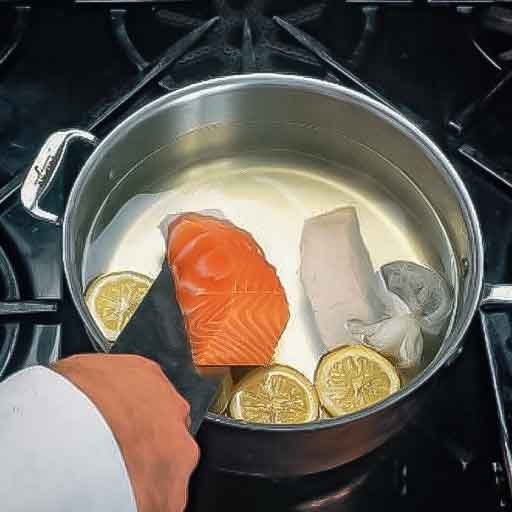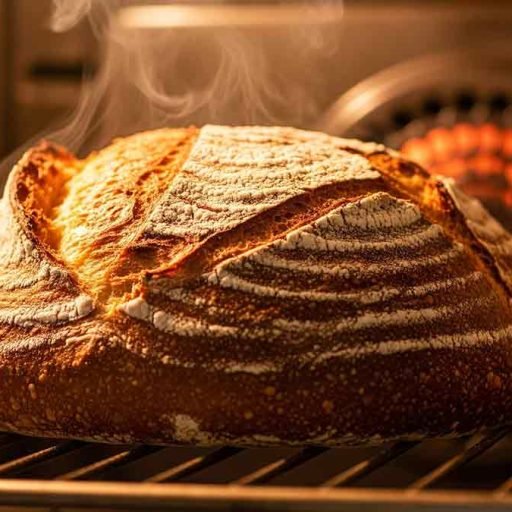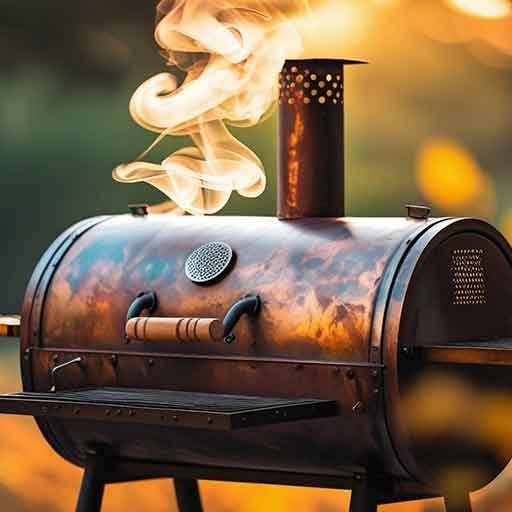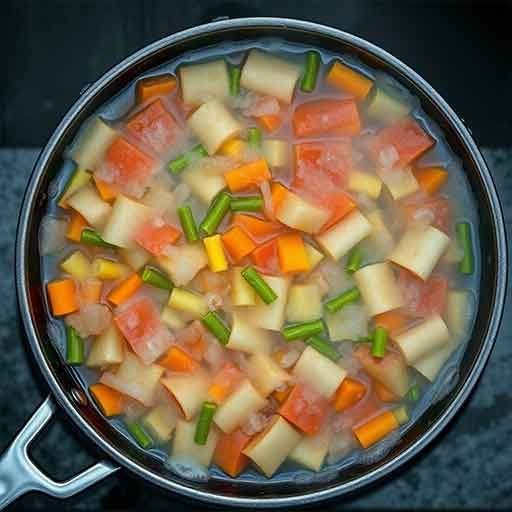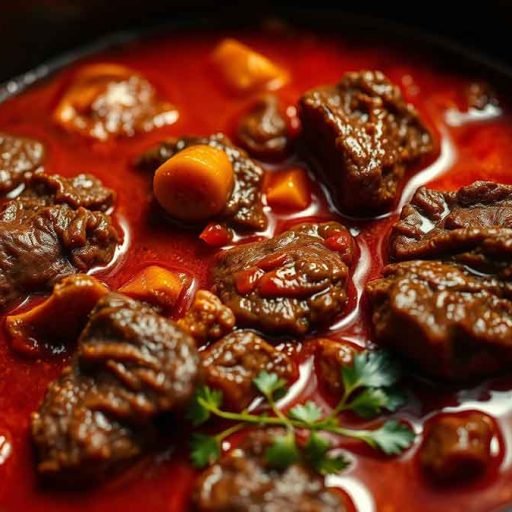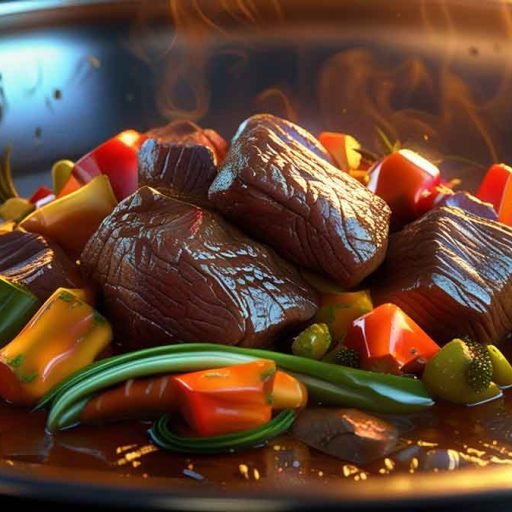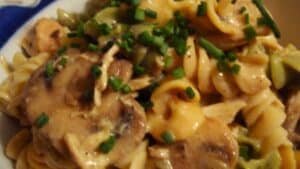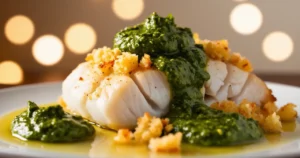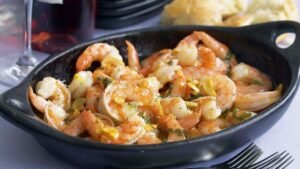Poaching is a moist heat cooking method that uses convection to transfer heat from a water-based liquid to the food. It is often associated with delicately flavored foods that do not require a long cooking time to soften, such as eggs, fruit, or fish.
For poaching, the food is placed in a liquid held at a temperature between 160°F and 180°F (71°C and 82°C). The surface should show only slight movement, but no bubbles. It is important to maintain the desired temperature throughout the cooking process. Do not let the liquid boil; The resulting irritation will harden and toughen the flesh and destroy soft foods such as fresh fruit or fish.
The flavor of the poaching liquid strongly affects the final flavor of the finished product, so stock, court bouillon, or broth are usually used. The liquid used to poach the food is sometimes used to make the accompanying sauce.
Court bouillon A liquid in which fish or vegetables are poached. Prepared by boiling vegetables and spices in water with an acidic liquid such as vinegar
Moist-Heat Cooking Methods Liquid’s Temperature Chart
| METHOD | LIQUID’S TEMPERATURE | LIQUID CONDITION | FOOD ITEMS |
|---|---|---|---|
| Poaching | 160–180°F/71–82°C | liquid moves slightly but no bubbles | Eggs, fish, fruits |
| Simmering | 185–205°F/85–96°C | Small bubbles break through the surface | Meats, stews, chicken, vegetables |
| Boiling | 212°F/100°C | large bubbles and rapid movement | Vegetables, pasta |
| Steaming | 212°F/100°C or higher | Food is in contact only with the steam generated by a boiling liquid | Vegetables, fish, shellfish |
There are two methods of poaching: Submersion Poaching and Shallow Poaching.
Submersion Poaching
For submersible poaching, the food is completely covered with the cooking liquid. There should not be too much liquid, however, as excess liquid can kill the flavor of the food. Nor should there be too little liquid, as this may leave part of the food open and prevent it from cooking.
Shallow Poaching
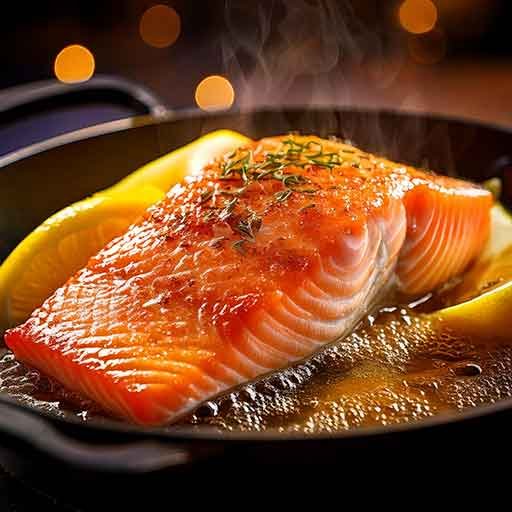
For shallow poaching, the food is placed in enough liquid to come about halfway up its sides. A liquid for shallow poaching, called cuisson, is brought to a boil on the stove. The pan is then covered with a piece of buttered parchment paper or a lid, and cooking is completed either on the stove or in the oven. Shallow Poaching combines aspects of Poaching and Steam.
Both submerging and shallow poaching are healthier cooking methods because no fat is added. The fat released into the cooking liquid from the meat or fish during poaching must be removed if the cooking liquid is to be used to make a sauce served with the dish. Whenever food is submerged in water or other liquids during cooking, vitamins and minerals are leached into the liquid, which can be preserved for use as a sauce or stock.
How To Poaching Foods
- Cut, trim, or otherwise prepare the food to be poached.
- Bring an adequate amount of cooking liquid to the desired starting temperature. (For some items, such as eggs, the cooking liquid is first brought to a boil and then reduced to the poaching temperature.) Place the food in the liquid.
- For submersion poaching, the liquid should completely cover the food.
- For shallow poaching, the liquid should come approximately halfway up the side of the food. if shallow poaching, cover the pan with a piece of buttered parchment paper or a lid.
- Maintaining the proper temperature, poaching the food to the desired doneness in the oven or on the stovetop. Doneness is generally determined by timing, internal temperature, or tenderness.
- Remove the food and hold it for service in a portion of the cooking liquid or, using an ice bath, cool it in the cooking liquid.
- The cooking liquid can sometimes be used to prepare an accompanying sauce or reserved for poaching other foods.
